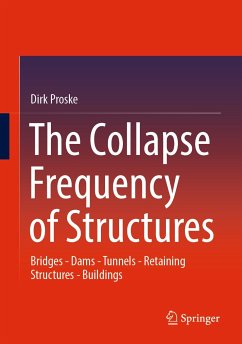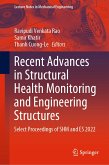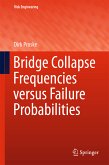The mathematical verification of the safety of structures can be done by determining the probability of failure or by using safety elements. Observed damages and collapses are usually assessed within the framework of expert reports, which seems reasonable due to the large number of unique structures in the construction industry. However, there should also be an examination of observed safety across all structures.
Therefore, in this book the collapse frequencies are determined for different types of structures, such as bridges, dams, tunnels, retaining structures and buildings. The collapse frequency, like the failure probability, belongs to stochasticity. Therefore, the observed mean collapse frequencies and the calculated mean failure probabilities are compared. This comparison shows that the collapse frequencies are usually lower than the calculated failure probabilities. In addition, core damage frequencies and probabilities are given to extend the comparison toanother technical product.
About the Author:
Prof. (FH) Dr.-Ing. habil. Dirk Proske MSc. studied civil engineering in Dresden and London. He worked at various universities, such as the TU Dresden, the University of Natural Resources and Applied Life Sciences Vienna and the TU Delft. He has also worked for various engineering firms and on various construction sites, including in South Africa and Indonesia. Since 2018, he has been a professor of risk management at the Bern University of Applied Sciences.
Dieser Download kann aus rechtlichen Gründen nur mit Rechnungsadresse in A, B, BG, CY, CZ, D, DK, EW, E, FIN, F, GR, HR, H, IRL, I, LT, L, LR, M, NL, PL, P, R, S, SLO, SK ausgeliefert werden.









